Alain Gillodes reported to me that on June 19th, 2021, he visited his very last esfr-bordermarker. It is perhaps the most iconic one: no. 602 in the Cova Forada, a cave at the Mediterranean coast, accessible only by boat or swimming.
It was a birthday present of his two sons who hired a boat to bring him to the cave. But the sea was quite rough,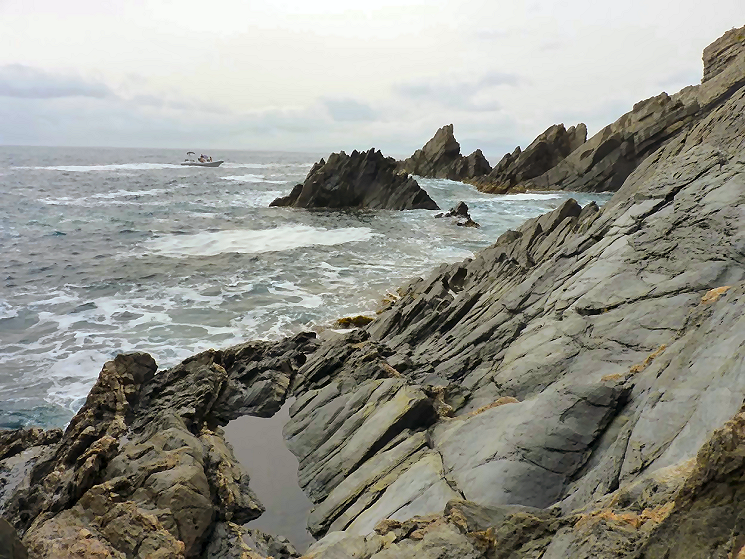
too rough to get close to the cave.
The only way to reach the cave was by swimming – together with one of his sons – and it took 3 trials to get safely into the cave.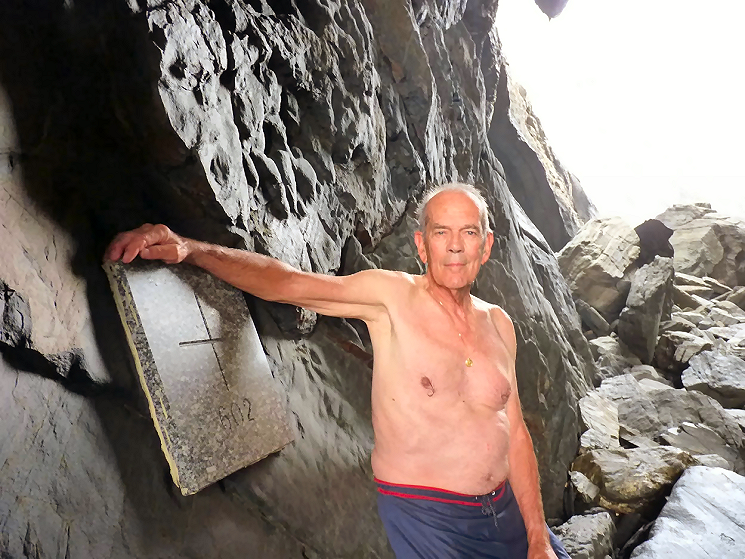
“It was with immense joy that I could finally photograph this last marker“, wrote Alain.
With bm602, Alain has completed his quest of visiting all bordermarkers on the French-Spanish border. He started in 2015 and his pictures can be seen on this page and the interesting accounts of every trip on this one. He is not afraid of a dull bm-afterlife. As an enthusiastic cycler, he has conquered 6800 cols worldwide and he wants to reach the number of 7000.
By completing his quest, Alain has entered the Gallery of Honour of men and women who have covered each and every esfr-bordermarker. This Gallery features (as far as I have information):
1. Javier and María-Jesús Sancho-Esnaola
2. Charles and Josette Darrieu
3. Jacques Koleck
4. Myself
5. Michel Molia
6. Alain Gillodes
And there are some people working hard on reaching that goal: Carlos and Conchita Roca (approximately 75% done) and Corinne Gourgeonnet (who wants to finish this year). Good luck to them.
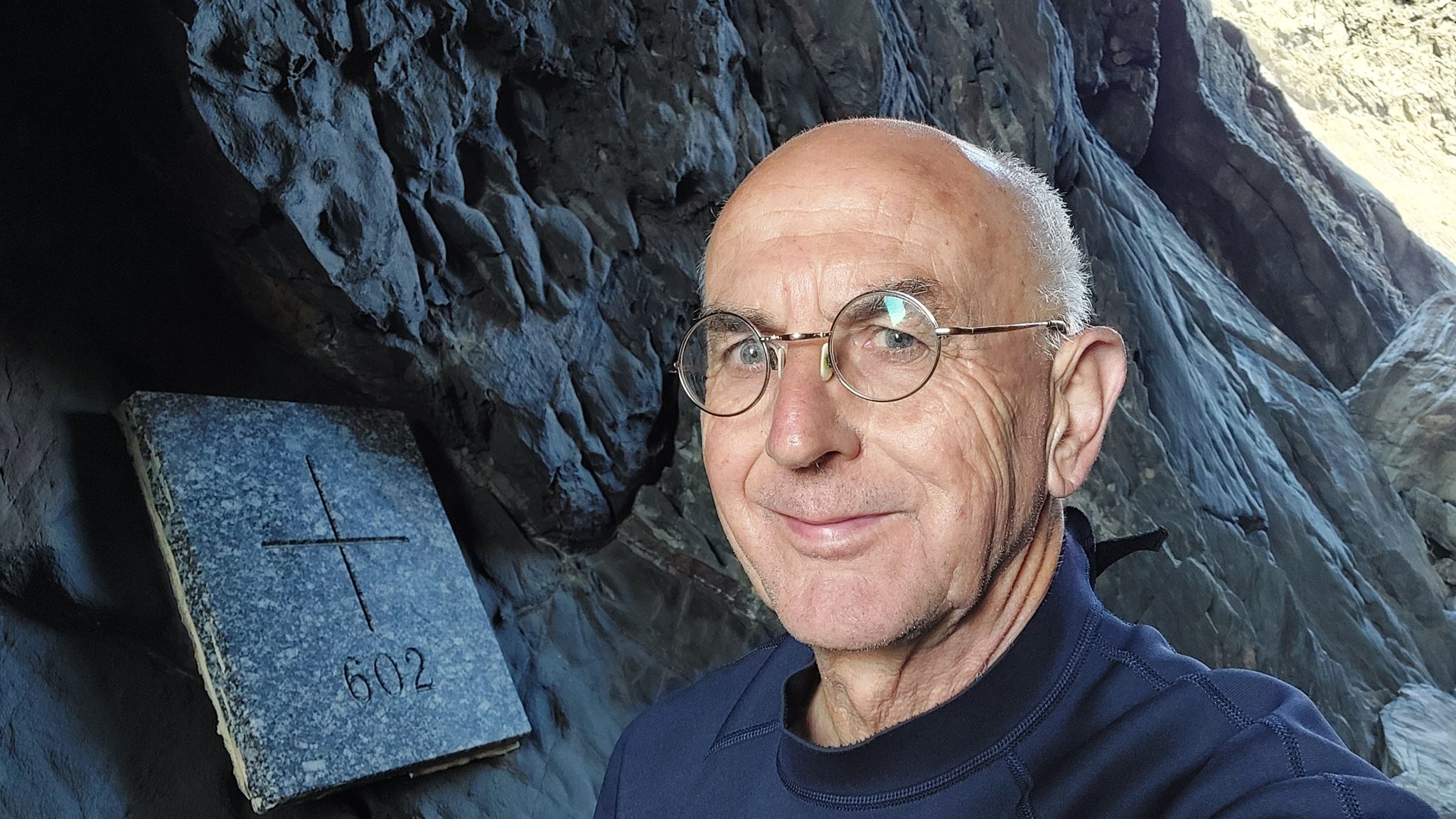
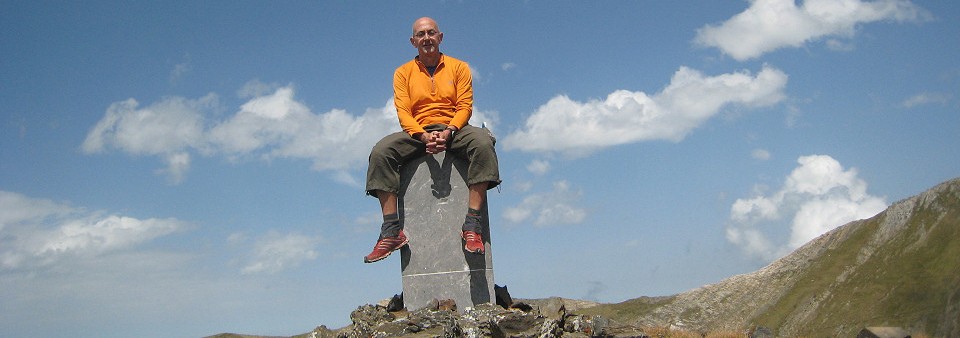
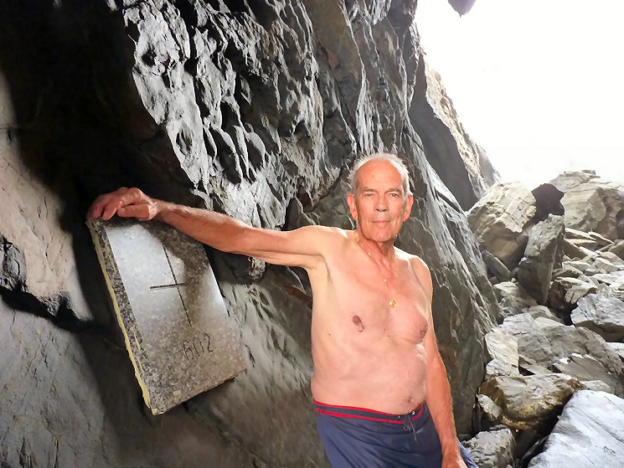


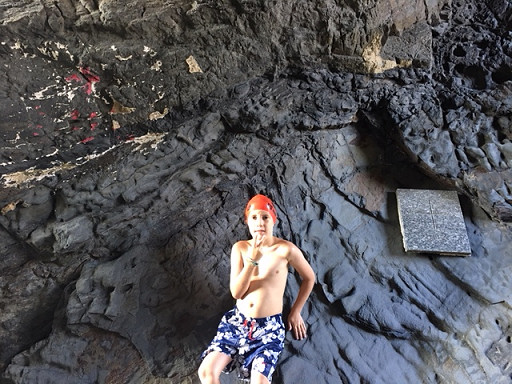
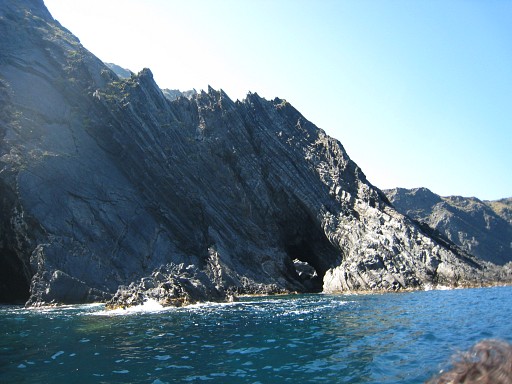
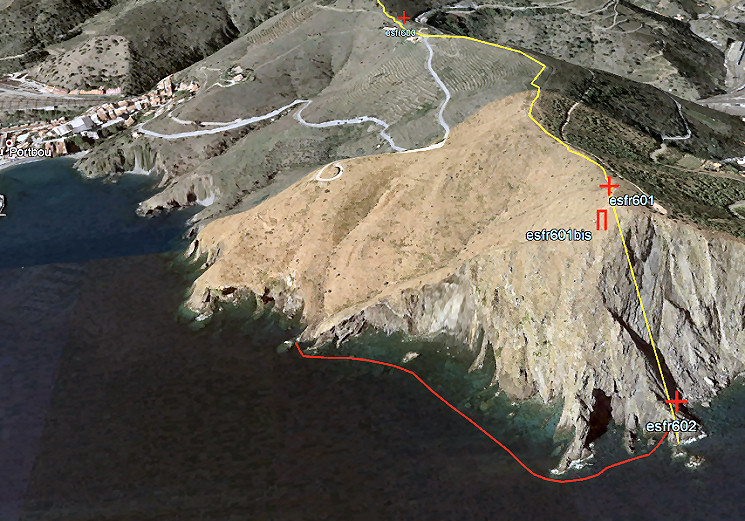

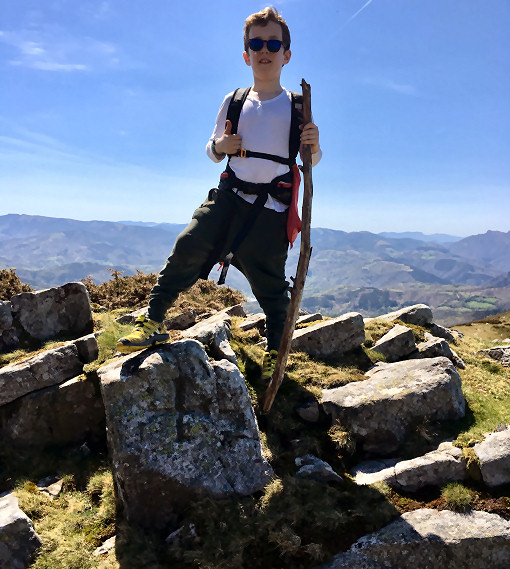
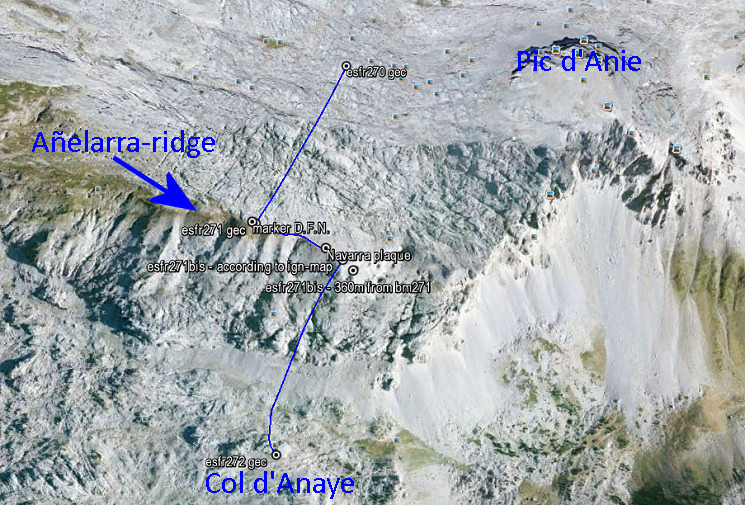
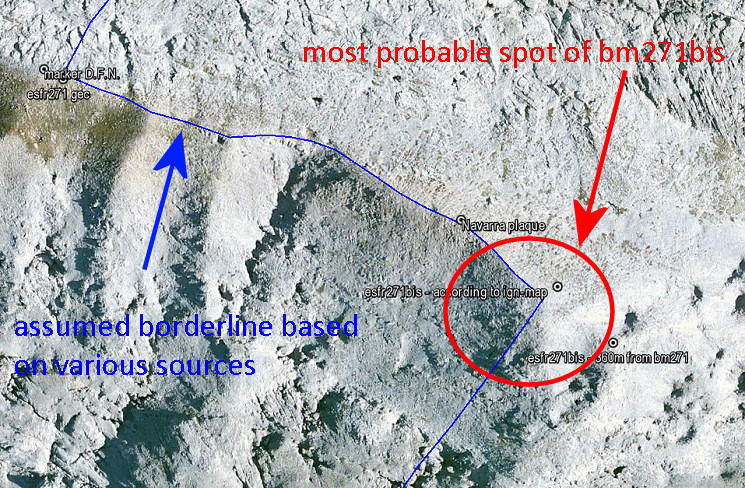
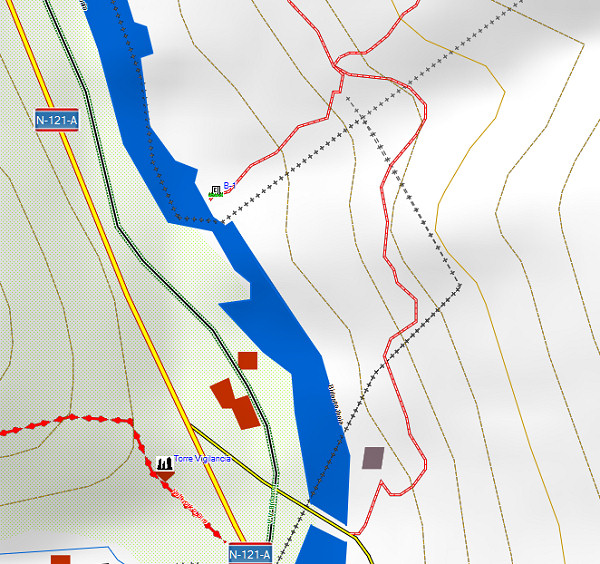
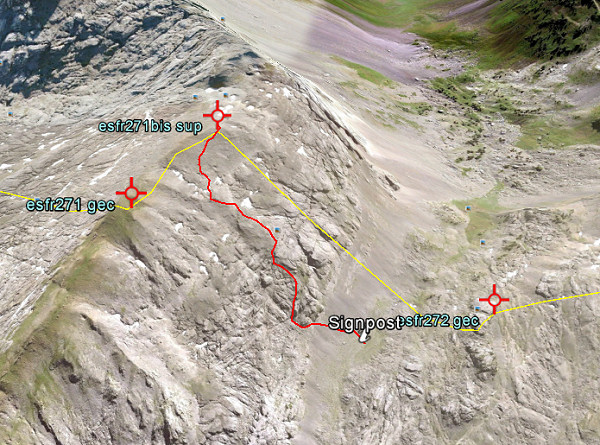


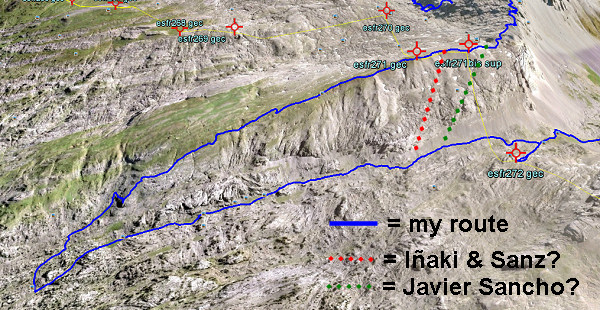
 This French magazine on the Pyrenees – with a literary style & design – published in 2006 an edition on the border aspects of the Pyrenees. Charles Darrieu told me about it and helped me to receive it. Bibliographic data:
This French magazine on the Pyrenees – with a literary style & design – published in 2006 an edition on the border aspects of the Pyrenees. Charles Darrieu told me about it and helped me to receive it. Bibliographic data: